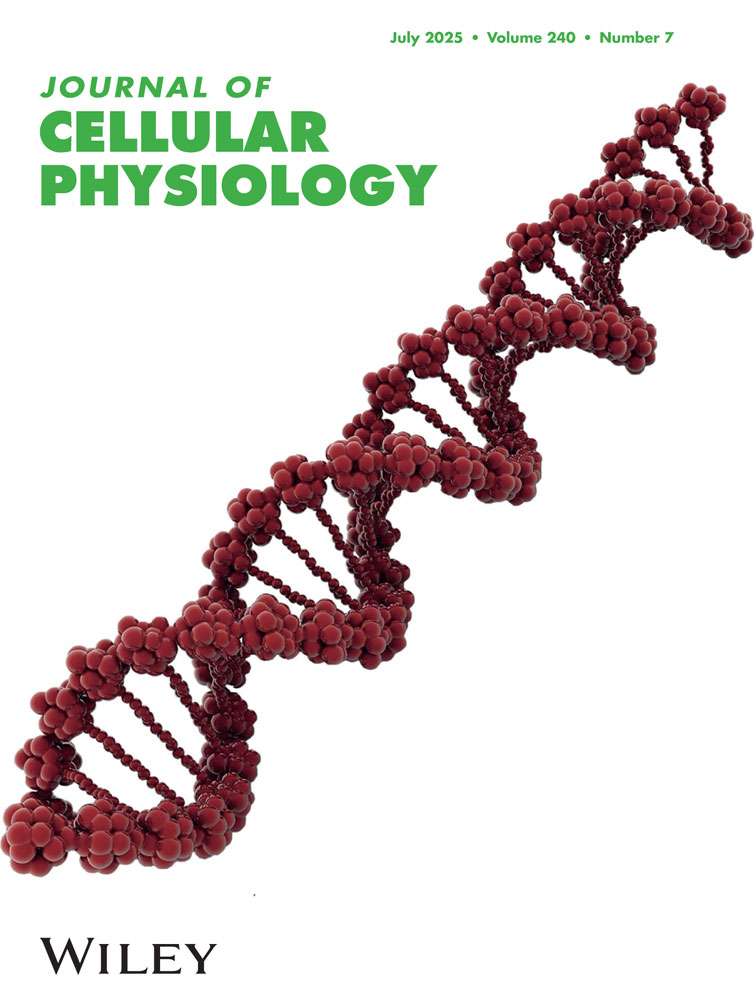Further studies on the biological properties of friend virus-induced leukemic cells differentiating along the erythrocytic pathway†
Research supported by grants CA-10,000 from NCI–NIH, USPHS, U-1840 from the New York Health Research Council, and the Leukemia Society of America, Inc.
Abstract
When Friend virus-induced leukemic cell lines were injected into irradiated hosts after the second radiation dose, the colony-forming unit (CFU) in the recipient spleens per 104 cells was found to be 7-fold higher than the CFU obtained when the second radiation dose had been given shortly after the inoculation of the cells. Serial passage of the cells from the spleen colonies to irradiated hosts resulted in a marked increase of the CFU value, indicating that this cell population was capable of both self-replication and erythroid differentiation. The “f” fraction, which indicates the percentage of the inoculated cells that reach the spleen in the irradiated recipients, was found to be approximately 15%. If the highest CFU value obtained from serial colony-to-colony passages is corrected by this factor, a final cloning efficiency of about 18% is demonstrated.
Neither induced plethora nor the administration of erythropoietin (1 u/mouse/for 2 days) appeared to affect the spleen colony-forming ability of the leukemic cells.
Erythroid differentiation is not detectable in the transplantable subcutaneous tumors which were used to initiate the tissue culture lines and which also are capable of inducing erythroid spleen clones in irradiated recipients. This lends support to the theory of the influence of “microenvironmental factors” on the fate of stem cells with potential for differentiation.




